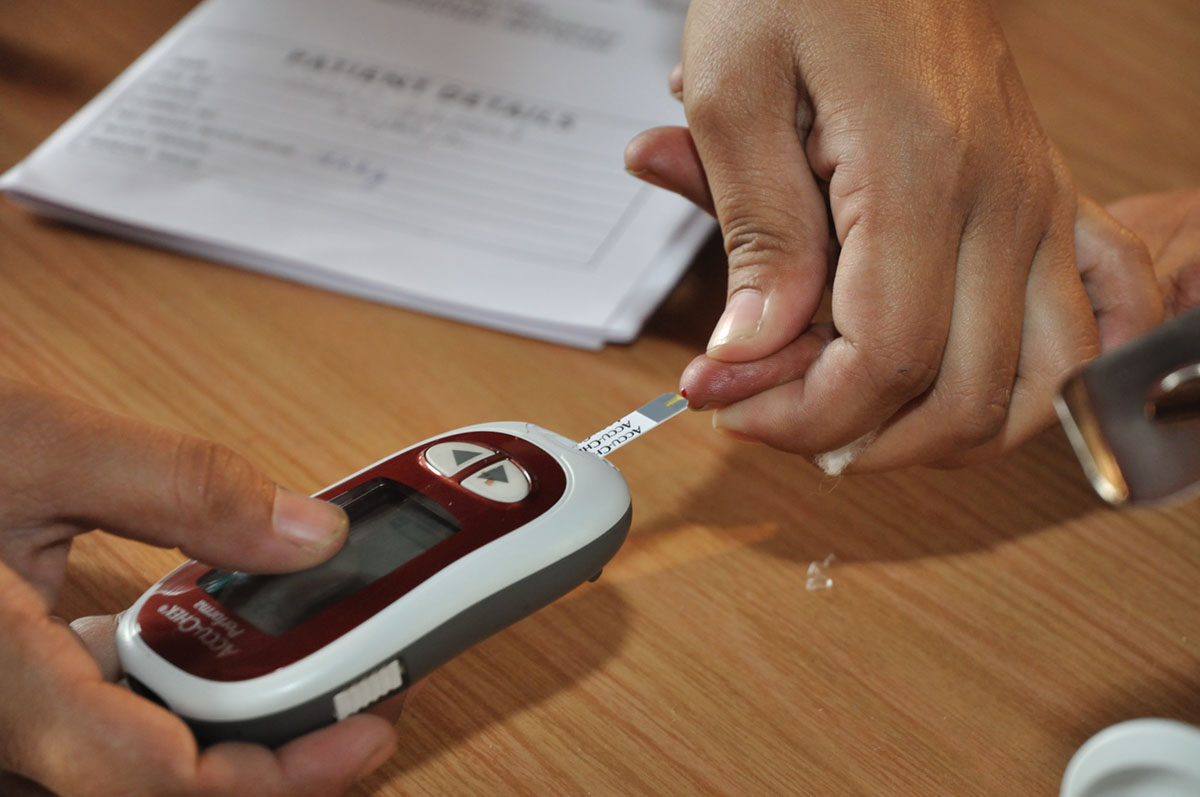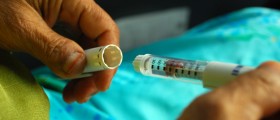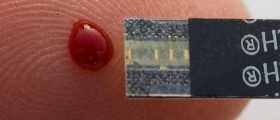Glucose Intolerance
Glucose intolerance is a very common health problem. It is very important to recognize the symptoms of this disorder in order to treat it promptly and avoid possible complications, such as type 2 diabetes and cardiovascular diseases. Glucose intolerance is usually called pre-diabetes. Diabetes is the condition marked by the high levels of glucose in the blood.
Glucose is simple sugar. When we eat, the food is broken down into carbohydrates and glucose eventually. The cells use glucose as their fuel. Glucose is the prime source of energy for the cells. The hormone insulin regulates the level of glucose in the blood. It is secreted by the pancreas. When we eat, the glucose levels increase in the blood. After some time, when glucose is converted into energy for the cells, the level of glucose in the blood is normal again.
When it comes to people who suffer from glucose intolerance, there is a problem either in the production or the supply of insulin into the blood. Therefore, the people who are glucose intolerant have high levels of glucose even a while after eating and that is not healthy for the body. Glucose intolerance is the condition where the levels of glucose are high, but not too high to represent diabetes. However, it should be treated promptly since type 2 diabetes can be developed out of it.
Symptoms of Glucose Intolerance
When one suffers from pre-diabetes or glucose intolerance, he/she may constantly feel thirst or frequently go to urinate. Furthermore, skin disorders, such as skin rash, itching and dark patches on the skin may appear as a consequence of high levels of blood sugar. The people who are glucose intolerant may also experience tingling in the arms or legs, muscle cramping, rapid changes in the body weight and headaches.
Insulin resistance, hypertension or high blood pressure, bloating and excessive hunger are also some of the symptoms of this condition. Glucose intolerance may also lead to irritability, anxiety and depression. Furthermore, high levels of glucose in the blood may cause blurred vision, lack of concentration, fatigue and tiredness.
When these symptoms are noticed, it is extremely important to visit a doctor. Otherwise, if glucose intolerance is left untreated, it may develop into type 2 diabetes. In addition to the above mentioned symptoms of type 2 diabetes, which is also called insulin resistance, are lethargy and constant itching of external genitalia. In men, erectile dysfunction may occur, while in women, vaginal dryness and premature menopause may appear as the symptoms of type 2 diabetes.
Pregnancy is characterized by severe, acquired insulin resistance that has long been thought to provide a short-term challenge to the ?-cells, with GDM arising in those women whose ?-cells are unable to meet this challenge. It is now understood, however, that the defect in ?-cell compensation that characterizes GDM is chronic (not acquired during pregnancy) and therefore may underlie the high risk of type 2 diabetes in women who have a history of previous GDM.
- Women with GDM, who have chronic insulin resistance and a chronic defect in their insulin secretion-sensitivity relationship, are identified on the basis of hyperglycemia on glucose tolerance testing in pregnancy.
- The current data demonstrate that standard GDM screening can actually identify four distinct groups with differences in insulin sensitivity, ?-cell function, and glycemia in pregnancy.
- Specifically, compared with normal glucose challenge test, gestational diabetes mellitus and gestational impaired glucose tolerance were associated with lower insulin sensitivity, poorer ?-cell function, and greater glycemia. In addition, abnormal glucose challenge test was associated with greater glycemia (AUCgluc) than normal GCT NGT, although significant differences in insulin sensitivity and ?-cell function were not detected with the measures used in this study.


















Your thoughts on this
Loading...